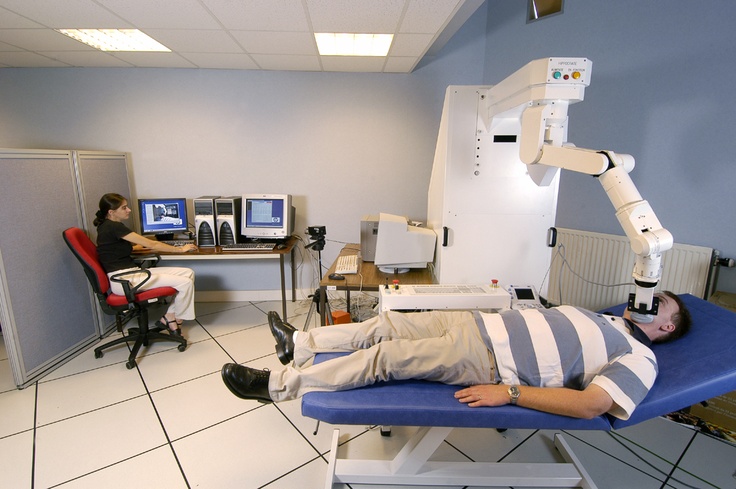Robot dentist
September 23, 2017 | Expert Insights

A robot dentist has successfully conducted dental surgery on a patient in mainland China.
It conducted an implant surgery where a female patient was outfitted with two new teeth.
Background
China is positioning itself as a leader in innovation and technology. The country is spending twice as much as America on innovation and technology fueled by cloud services. A research published by US investment bank Morgan Stanley revealed that corporate funding in China on these sectors has especially grown twice as fast in China than in the US from 2015 to 2017.
Automation and robotics have become one of the fastest growing fields across the world. The rise of Artificial Intelligence has proven that multiple kinds of jobs that were previously handled by human beings can now be conducted by robots. Richard Susskind, UK government advisor and visiting professor at Oxford Internet Institute, and his son Daniel Susskind, lecturer at Oxford University have detailed this future trend in their book, Future of the Professions: How Technology will Transform the Work of Human Experts. Daniel Susskind has noted, “It’s hard to escape the conclusion that there will be less for people to do,” tells Quartz. “If machines and systems take on more and more tasks, as we see them doing, then it begs the question: What will be left for people?”
In 2017, research firm PwC conducted a study that revealed that countries across the world will begin losing jobs to automation. The study noted that in the next 15 years, 40 percent of jobs in the U.S. may be vulnerable to automation and robots. In the same time frame, 35% of jobs in Germany could be replaced by automation and 30% of jobs in UK will become vulnerable. In Japan, 21% of jobs will become vulnerable to robots and automation.
The history of robotics surgery begins in the Puma 560 – a robotic arm used in 1985 by Kwoh et al to perform neurosurgical biopsies with greater precision. Subsequently Probot was developed at Imperial College, London to aid in the resection of prostatic tissues.
Analysis
The goal of using robots in medicine is to provide improved diagnostic abilities, less invasive and more comfortable experience for the patient and the ability to use more smaller and more precise interventions. Robots are currently used not just for prostate surgery but for hysterectomy, removal of fibroids, joint replacements, open heart surgeries and kidney surgeries. They can be used along with MRIs to provide organ biopsies. This means that a specialist can operate on a patient that is very far away without either on them having to travel. They can also provide a better environment for the physician while reducing strain and fatigue.
A robot dentist has reportedly successfully conducted dental surgery on a patient in mainland China. It was an implant surgery wherein the robot fitted a woman with two new teeth. According to reports, the surgery was conducted with a margin of error of 0.2-0.3mm. This falls well into the accepted norms of surgical precision.
The robot that conducted the surgery was a joint project between Fourth Military Medical University’s affiliated Stomatological Hospital, based in Xian, and the robot institute at Beihang University in Beijing. The team has worked on this model for close to four years.
Even though this is the first time a robot has conducted a surgery from start to finish, robots have been assisting in surgeries for a while now. The team that developed the robot hopes to address the shortage of dentists in China. According to SCMP, 400 million patients require new teeth in China annually. The team also notes that robots will be able to conduct surgeries with precision that may not be possible for human beings.
Assessment
Our assessment is that technological advancement in robotics poses both an opportunity and a challenge for mankind. Automation on one hand will able to eradicate human error and will cost much lesser than human labor expenses. We feel that the biggest advantage of robotics surgery is the minimal amount of time that a patient has to spend in the hospital after the surgery. Robotic surgery has the advantage of having a 360 degree camera view of the exact part to be operated – a benefit not available to a surgeon. However, there are issues with latency. This refers to the time lapse between the moments when the physician moves the control and when the robot responds.








Comments